TOKYO, July 21 – Japan’s ruling coalition lost its majority in the House of Councillors in Sunday’s election, an outcome that will add pressure on embattled Prime Minister Shigeru Ishiba, who vowed to stay on despite yet another heavy blow to his party, Kyodo news agency reported.
The cards are stacked against Ishiba, with all major opposition parties ruling out joining the Liberal Democratic Party and its partner Komeito party in an expanded coalition. Despite his intention to remain as prime minister, calls for Ishiba to resign from within the LDP may grow.
The ruling camp failed to meet its pre-election goal of winning at least 50 of the 125 contested seats to reach the majority threshold in the upper house. The LDP and Komeito now have 122 seats, down from 141 before the election.
The coalition has now been deprived of majority control in both houses of parliament, the upper house and the House of Representatives — a very rare situation for a government in postwar Japan.
The LDP appears to have lost favor among some conservative voters, with the right-leaning populist party Sanseito emerging as an alternative.
Despite its “Japanese First” mantra and nationalistic policy agenda targeting foreigners — seen by critics as xenophobic — it increased its share of upper house seats from two to 14, a level that enables it to submit bills in the chamber.
As early returns and media projections came in, Democratic Party for the People leader Yuichiro Tamaki said that forming a coalition with the ruling camp is “out of the question.” His party, which has engaged in policy coordination with the ruling coalition, holds 17 seats, up sharply from nine.
The leaders of the major opposition Constitutional Democratic Party of Japan and the Japan Innovation Party took a similarly negative stance on joining the coalition.
After the race, the CDPJ holds 22 seats, compared with 38 earlier, and the JIP secured seven seats, down from 18.
Upper house members serve six-year fixed terms, unlike those in the lower house, which can be dissolved by the prime minister. Half of the 248-member upper house goes up for election every three years to avoid a complete turnover of seats.
Of the 125 seats, including one to fill a vacancy, 75 were elected from electoral districts and 50 through proportional representation. Around 520 candidates were vying for the seats.
Voters cast two ballots — one to select a candidate for their electoral district and the other for proportional representation, under which seats are allocated based on the total number of votes received by each group and its listed candidates.
Voter turnout stood at 58.51 percent, higher than the 52.05 percent recorded in the previous upper house election in 2022. A record 26 million people cast early ballots in the election, which took place in the middle of a three-day weekend.

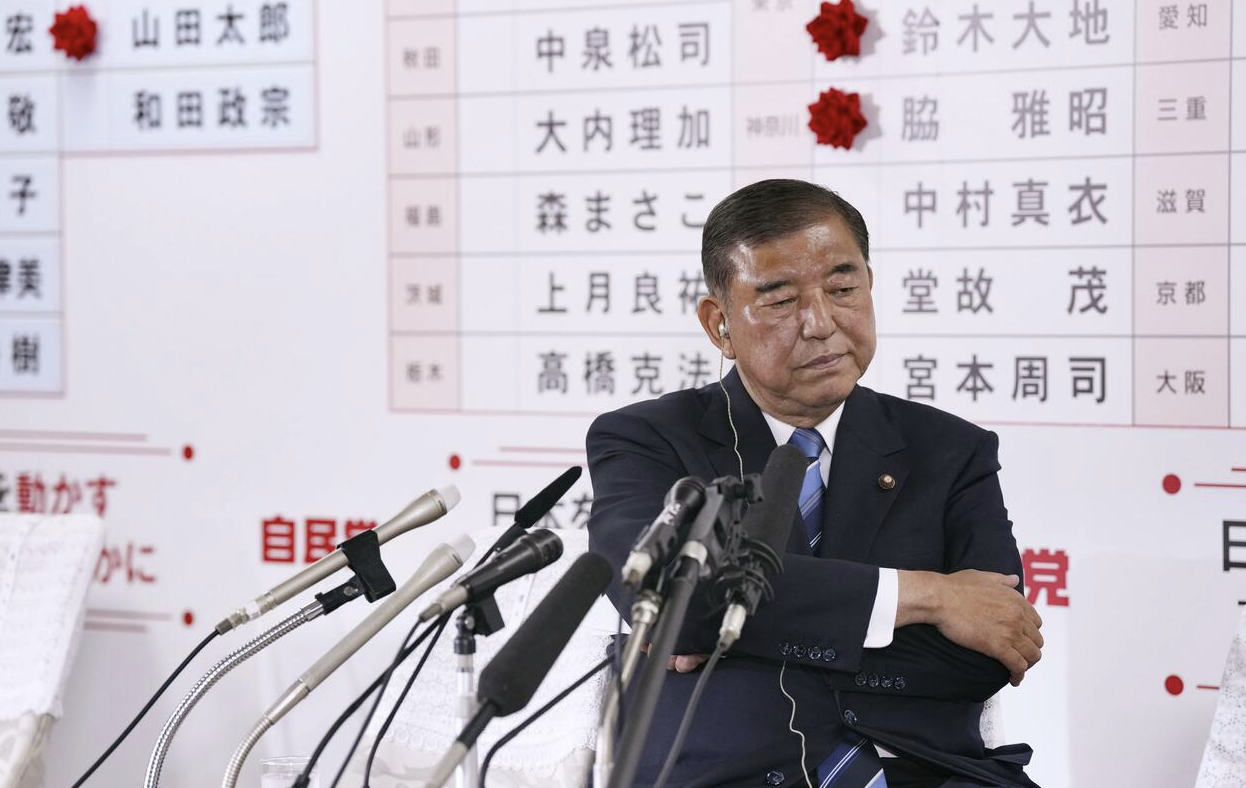
-scaled.jpg)

-scaled.jpg)


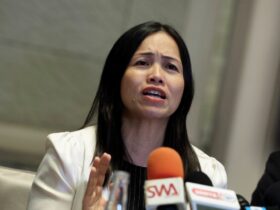


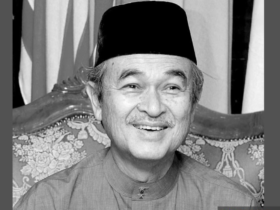
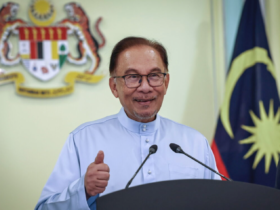
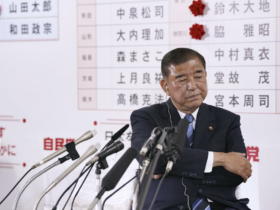




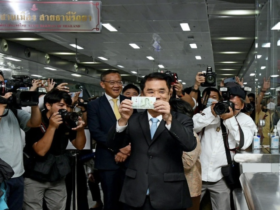
Leave a Reply